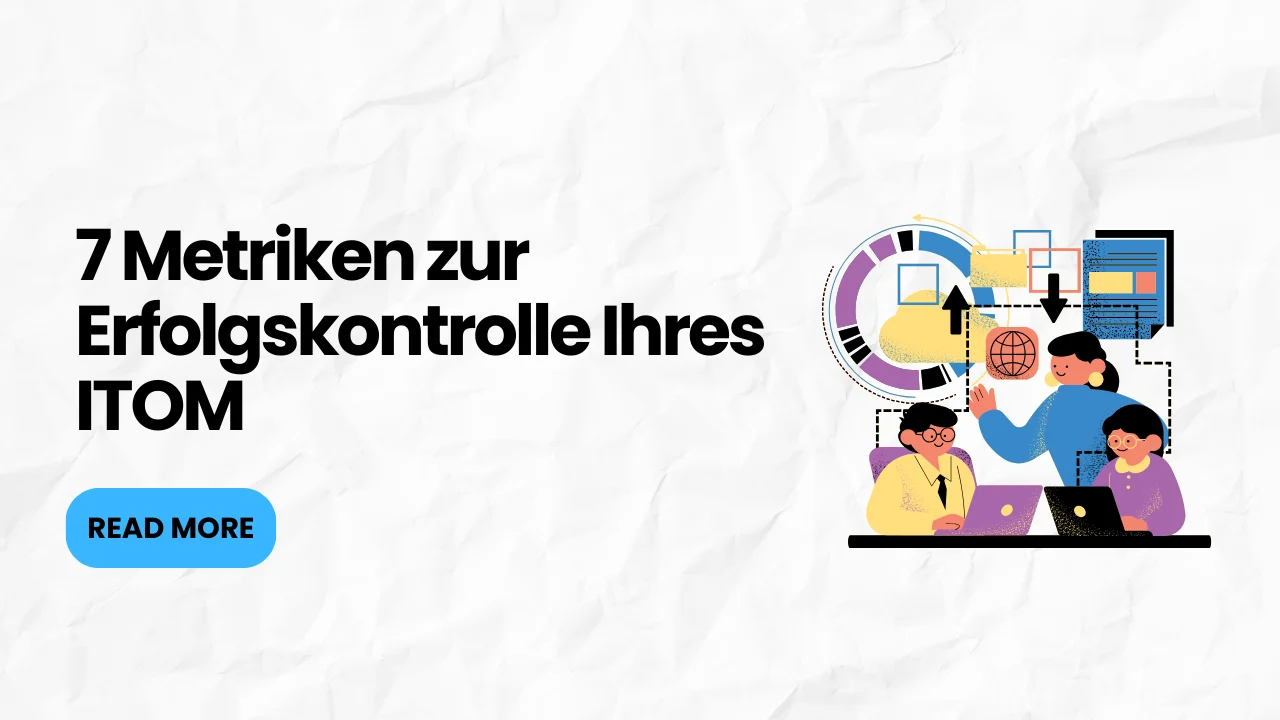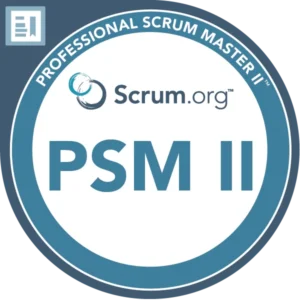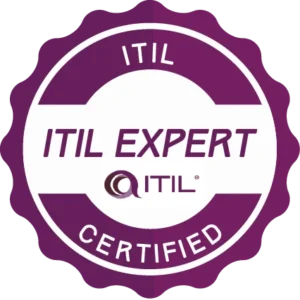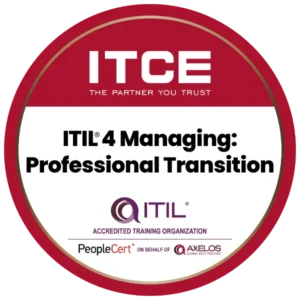If you can’t measure your IT operations, you can’t manage them.
And that’s why most ITOM programs fail.
So, how do you measure ITOM success?
The answer lies in your Configuration Management Database (CMDB).
The CMDB is the beating heart of ITOM. It holds the data, relationships, and insights that power discovery, monitoring, and service mapping.
A strong CMDB means confident decisions.
A weak CMDB means blind spots, wasted spend, and painful outages.
This article gives you a practical diagnostic guide: 7 key metrics that reveal if your ITOM is actually working.
Each metric is simple to track, easy to understand, and deeply powerful.
Let’s dive in.
1. Data Accuracy
What it means
Your CMDB should reflect the truth. Every CI (configuration item) should match reality. If the database says you have 200 servers but you actually run 280, your ITOM is already broken.
How to measure it
- Run random CI audits and compare against system logs.
- Cross-check discovery data against physical and virtual infrastructure.
- Track discrepancies between IT team records and what’s in the CMDB.
Why it matters
Inaccurate data leads to failed incident resolution and chaotic change management. If your teams can’t trust the data, they’ll go back to spreadsheets and tribal knowledge.
Checklist for accuracy
✔️ At least 95% of discovered assets match real-world infrastructure
✔️ Automated reconciliation rules in place
✔️ No more than 5% manual overrides in recent quarter
Example
A global bank discovered that 25% of their servers were missing from the CMDB. The result? Every outage escalated because the impact couldn’t be traced. Once accuracy improved, their MTTR dropped by 30%.
2. Data Completeness
What it means
Accuracy is useless without completeness. Your CMDB should capture all critical infrastructure, apps, and services. A half-empty CMDB equals blind spots.
How to measure it
- Track percentage of infrastructure types documented (servers, apps, cloud resources, network devices).
- Review number of business services mapped.
- Check coverage of dependencies, not just assets.
Why it matters
If a system is missing from your CMDB, you can’t monitor or manage it. In a hybrid environment, gaps appear quickly—especially in the cloud.
Checklist for completeness
✔️ All business-critical apps and services documented
✔️ Cloud resources included, not just on-prem
✔️ Dependencies mapped for top 10 critical services
Example
An energy company learned that their CMDB showed only 60% of cloud resources. Incidents in AWS couldn’t be resolved quickly because they weren’t tracked. After boosting completeness to 95%, they cut outage investigation times in half.
3. Data Freshness
What it means
Your CMDB must stay up to date. Data that was accurate six months ago may be completely wrong today. Freshness tracks how recent your updates are.
How to measure it
- Track average “data age” across all CIs.
- Measure time since last Discovery scan.
- Report on stale records (no updates for 30+ days).
Why it matters
Stale data kills confidence. Teams won’t use the CMDB if they suspect it’s out of date. Freshness supports real-time decision-making.
Checklist for freshness
✔️ Automated Discovery runs daily for critical systems
✔️ No stale records older than 30 days in production environments
✔️ CI data updated after every approved change
Example
A telco had weekly Discovery scans. But their cloud environment scaled up and down hourly. The result? CI data was always stale. By switching to continuous cloud discovery, they gained accurate visibility into costs and performance.
4. Relationship Coverage
What it means
The CMDB is not a flat list of assets. It’s about how those assets connect. Relationship coverage measures how well dependencies are mapped.
How to measure it
- Percentage of CIs with relationships defined.
- Ratio of mapped vs. unmapped dependencies.
- Completeness of service maps.
Why it matters
Impact analysis depends on relationships. If you don’t know which apps rely on a database, you can’t predict the fallout of a change.
Checklist for relationship coverage
✔️ Every critical CI has at least one relationship defined
✔️ Business services visualized with complete maps
✔️ Dependencies reviewed quarterly for accuracy
Example
A healthcare provider failed a change audit because they couldn’t prove which apps depended on a legacy database. After mapping dependencies, they avoided unplanned downtime during future migrations.
5. Usage & Adoption
What it means
The CMDB isn’t just for IT ops. It should be used across ITSM and ITOM processes. Usage shows whether people actually rely on it.
How to measure it
- Number of teams querying CMDB data each month.
- Integration frequency in incident, change, and problem workflows.
- Survey IT teams on trust in CMDB data.
Why it matters
If no one uses the CMDB, it doesn’t matter how clean it is. Adoption reflects trust and integration.
Checklist for usage
✔️ CMDB queried in 80%+ of incidents and changes
✔️ At least three IT functions actively use CMDB insights
✔️ Quarterly feedback shows improved trust over time
Example
One retailer had a technically healthy CMDB but no one used it. Why? It wasn’t integrated into workflows. After embedding CI lookups into change forms, adoption skyrocketed.
6. Governance & Compliance
What it means
Healthy ITOM requires governance. Governance measures ownership, accountability, and compliance with policies.
How to measure it
- Percentage of CIs reviewed within governance timelines.
- Audit compliance rates.
- Number of unauthorized changes detected.
Why it matters
Without governance, CMDBs rot. Ownership gets fuzzy, updates stop, and audits fail. Governance keeps your CMDB alive.
Checklist for governance
✔️ Every CI has a defined owner
✔️ Review and certification process in place
✔️ Audit compliance >90%
Example
A pharmaceutical company avoided regulatory penalties because they could prove every CI had an assigned owner and an up-to-date record. Their governance process became a model for the entire industry.
7. Business Value Delivered
What it means
ITOM isn’t about assets. It’s about outcomes. Business value proves that ITOM investments actually deliver results.
How to measure it
- Improvements in Mean Time to Resolve (MTTR).
- Reduction in incident volume from proactive monitoring.
- Faster change approvals with fewer failures.
- Hours saved in audits and compliance reporting.
Why it matters
If ITOM doesn’t reduce costs, improve reliability, or boost agility, it isn’t working. Business value is the ultimate test.
Checklist for business value
✔️ Measurable improvement in MTTR
✔️ At least 10–20% reduction in incident volume
✔️ Documented savings in audit preparation
✔️ Positive feedback from business stakeholders
Example
A financial services firm tied CMDB health to SLA performance. After improving their data quality, SLA breaches dropped by 40%. The business recognized ITOM as a direct contributor to customer satisfaction.
Pulling It All Together
Healthy ITOM is measurable.
By tracking these seven metrics—accuracy, completeness, freshness, relationship coverage, usage, governance, and business value—you can see if your ITOM is delivering.
Don’t guess. Measure.
Don’t hope. Diagnose.
Final Word
Your CMDB is not a static asset. It’s a living system.
Review these metrics quarterly. Automate wherever possible. Assign clear ownership.
Do this consistently, and your ITOM will not just “work.”
It will become the heartbeat of enterprise resilience and growth.







